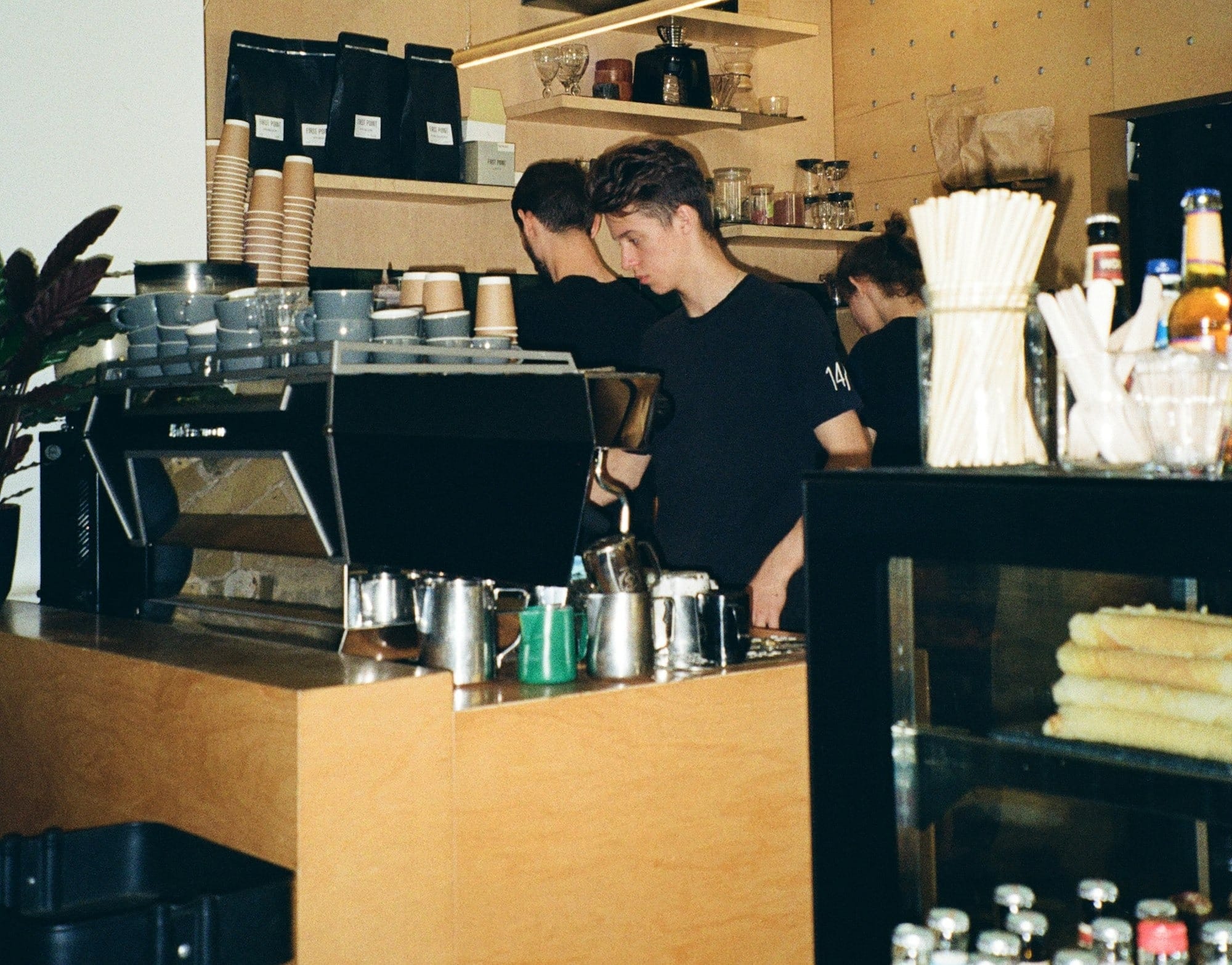C Market 101: How It Shapes Coffee Pricing
The C Market, run by ICE, is the global futures exchange for Arabica coffee, setting benchmark prices influenced by traders and speculators. Discover its role and impact.

When you purchase green Arabica coffee beans, the price you pay is influenced, in part, by the "C market."
This commodity exchange sets a global benchmark for coffee prices, standardizing trade and establishing trading rules.
The C market primarily deals with futures contracts—agreements between buyers and sellers to trade commodities at a future date, with terms set in advance.
These transactions are facilitated by a centralized entity known as the Intercontinental Exchange (ICE).
However, similar to the stock market, coffee prices on the C market fluctuate based on supply and demand dynamics, as well as market speculation.
This means that the price per pound can vary significantly, potentially rising from $1.10 one day to $1.90 the next.
Understanding the C Market
The C Market is a global platform where Arabica coffee is traded daily, functioning similarly to a financial or stock exchange.
Like other commodities such as sugar, wheat, or oil, the price of coffee on this market fluctuates based on ongoing buying and selling activities, known as the "C" price.
The "C" in C Market actually refers to "centrals," a term originating from Central American coffee producers who, in 1968-1969, established the modern C Market to differentiate their prices from those of Brazilian coffee.
Prior to this, Arabica coffee was traded under the Universal or "U" contract. Today, Arabica coffee from various producing countries is traded on the C Market, not just from Central America.
As a commodity, coffee traded on the C Market must meet specific criteria: it must be Arabica, unroasted, grown in one of twenty designated countries, stored in one of eight global warehouses, and traded in lots of approximately 37,500 pounds, or the size of a shipping container.
Robusta coffee is traded on a separate market.
The C Market's primary function is to standardize coffee trading and establish the rules governing this global exchange.

The Purpose of the C Market
Why is there a need for a complex financial market for buying and selling commodities like coffee, sugar, or wheat?
Why are these goods traded in a manner similar to stocks and bonds?
Commodity markets have existed for hundreds, if not thousands, of years, long before the emergence of the stock market.
They have played a crucial role in the rise and fall of civilizations, which relied on the efficient exchange of goods.
While we won't delve into that extensive history, the modern commodity markets developed from two key aspects of trading: the spot market and the futures market.
The spot market refers to the immediate physical sale of goods, where transactions are settled "on the spot."
This is akin to a traditional marketplace where vendors sell their products directly to buyers who pay in cash.
However, the spot market has two significant challenges: liquidity and price discovery.
In the spot market, the flow of goods can be inconsistent—a seller may not always find a buyer, and market conditions can be unpredictable.
Additionally, sellers often lack pricing information until they bring their goods to market, leading them to set prices based on what others are charging, rather than on clear market data.
It takes several months for a farmer to cultivate her crop before it’s ready for market.
During that period, various events can occur that might dramatically impact the price: a sudden cold snap could reduce harvests and push prices up, while an unexpected bumper crop could flood the market and drive prices down.
This uncertainty is a concern for both sellers and buyers.
To mitigate this risk, producers and buyers began using "futures contracts."
These agreements allowed both parties to lock in terms of the exchange—such as price and quantity—on a specific day, with the actual transaction happening at a future date.
This practice reduced uncertainty, and over time, futures contracts became the primary method for conducting business.
However, this system introduced a new challenge: the risk of one party defaulting on the agreement, often due to bankruptcy.
If a buyer could no longer fulfill the contract, the producer would be left without a guaranteed sale, forcing them to rely on the unpredictable spot market.

Today's C Market
The C Market, currently operated by the Intercontinental Exchange (ICE), is where coffee futures are traded.
This futures exchange acts as a middleman, ensuring that transactions are secure and that neither party faces the risk of the other going out of business.
Instead of direct trading, sellers sell to the exchange, and buyers purchase from it, which guarantees liquidity—essential for a market where high transaction volumes occur quickly.
In this market, many participants are speculators who trade contracts without ever handling the actual coffee.
Their activity can significantly influence coffee prices, but it also ensures market liquidity, which is vital for allowing both buyers and sellers to enter and exit contracts as needed.
However, it's important to note that the C price, which is a benchmark for all Arabica coffee, is only a portion of what specialty coffee farmers are paid.
Additional factors like country of origin, quality, and certifications build upon this base price to determine the final payment to farmers.
To Simplify the “What” and “Why” of the C Market:
- Global Exchange: The C Market is like a stock exchange, but for green Arabica coffee, where both physical coffee and futures contracts are traded.
- Standardization: Not all coffee qualifies for the C Market; only those meeting specific standards can be traded. Like a stock exchange, it sets rules and standardizes transactions, involving both physical coffee traders and contract speculators.
- Benchmark Price: The C Market provides a global benchmark price for coffee. While other factors affect the final price, this reference point is crucial for global pricing.
- Liquidity: By acting as a centralized counterparty, the C Market ensures liquidity, helping maintain a steady flow of coffee trade.


